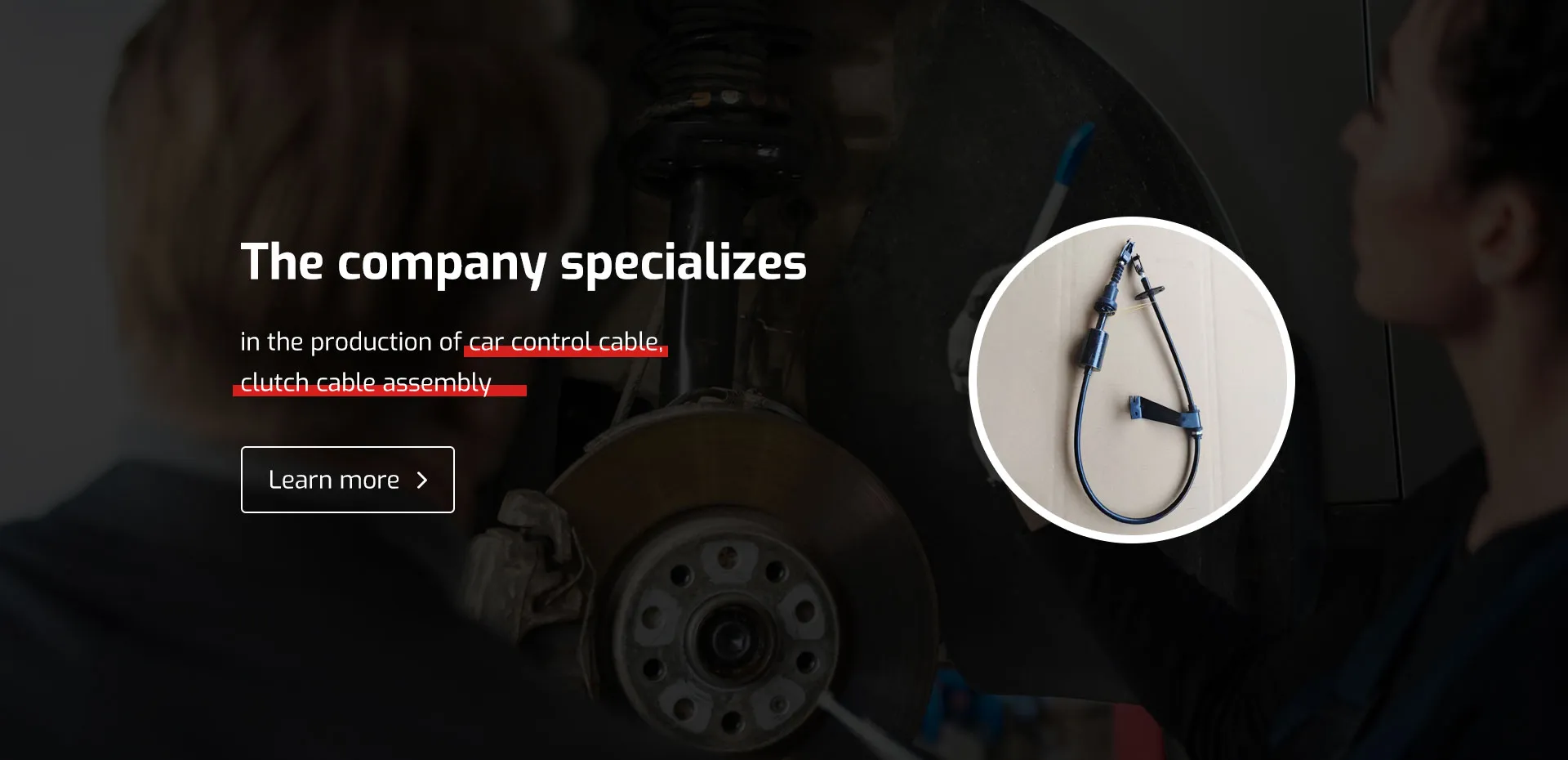Carburetor Choke Cable - Reliable Performance and Easy Installation
Understanding the Carburetor Choke Cable
The carburetor choke cable plays a vital role in the operation of an engine, particularly in older vehicles that use a carbureted system for fuel delivery. Understanding its function and maintenance can enhance vehicle performance and longevity.
What is a Carburetor Choke Cable?
The carburetor choke cable is a mechanical component used to control the choke mechanism in carburetors. The choke is essential for starting a cold engine, as it restricts air flow into the carburetor, creating a richer fuel mixture. This richer mixture is crucial for proper combustion during initial startup when the engine is cold. The choke can be controlled manually or automatically; however, the cable is primarily associated with manual chokes.
How Does It Work?
When the driver pulls the choke lever inside the vehicle, the choke cable translates this motion to the choke plate in the carburetor. The choke plate closes partially to limit the amount of air entering the carburetor. By reducing airflow, the engine receives a higher concentration of fuel in the mixture, which helps to improve ignition and prevents stalling on cold starts. After the engine warms up, the driver can push the lever back in, allowing the choke plate to open and providing the necessary air-fuel balance for normal operation.
Importance of Proper Functioning
A functioning choke cable is critical for ensuring that the choke operates correctly. If the cable is frayed, stuck, or disconnected, the choke may not open or close as needed, leading to starting difficulties or poor engine performance. In a cold engine, a malfunctioning choke can result in hard starts, rough idling, or excessive fuel consumption. Furthermore, if the choke remains closed after the engine warms up, it can cause the engine to run rich, leading to fouled spark plugs and decreased power.
carburetor choke cable

Maintenance Tips
To keep the choke cable in good condition, regular inspection and maintenance are essential. Here are a few tips
1. Visual Inspection Check the cable for signs of wear, fraying, or rust. Any damage should be addressed immediately to prevent further complications.
2. Lubrication Apply a suitable lubricant to the moving parts of the choke cable to ensure smooth operation. This helps prevent sticking or seizing that could impair performance.
3. Adjustments Periodically check the adjustments to the choke system. If the choke is not fully opening or closing, it may be necessary to adjust the cable to ensure proper operation.
4. Replacement If the cable is beyond repair or functionality, replacement is necessary. A new, correctly installed choke cable can restore proper engine function and improve overall performance.
Conclusion
In summary, the carburetor choke cable is an essential component for vehicles with carbureted engines. Understanding its function and maintaining it correctly can significantly improve cold starts and overall engine performance. Regular inspections and timely adjustments or replacements can help ensure that your vehicle runs smoothly for years to come. Whether you're an automotive enthusiast or a casual driver, keeping an eye on the choke cable can save you from unexpected starting issues and enhance your driving experience.
-
Upgrade Your Vehicle with High-Quality Handbrake CablesNewsNov.01,2024
-
Optimize Your Bike's Performance with Quality CablesNewsNov.01,2024
-
Enhance Your Vehicle's Performance with Quality Clutch ComponentsNewsNov.01,2024
-
Elevate Your Vehicle's Performance with Quality Throttle CablesNewsNov.01,2024
-
Elevate Your Vehicle's Performance with Quality CablesNewsNov.01,2024
-
Affordable Solutions for Your Cable NeedsNewsNov.01,2024
